legends in japan
Legends in Japan: Five Stunning Places to Visit!

Savannah Walker
Posted on February 22, 2024
Share:
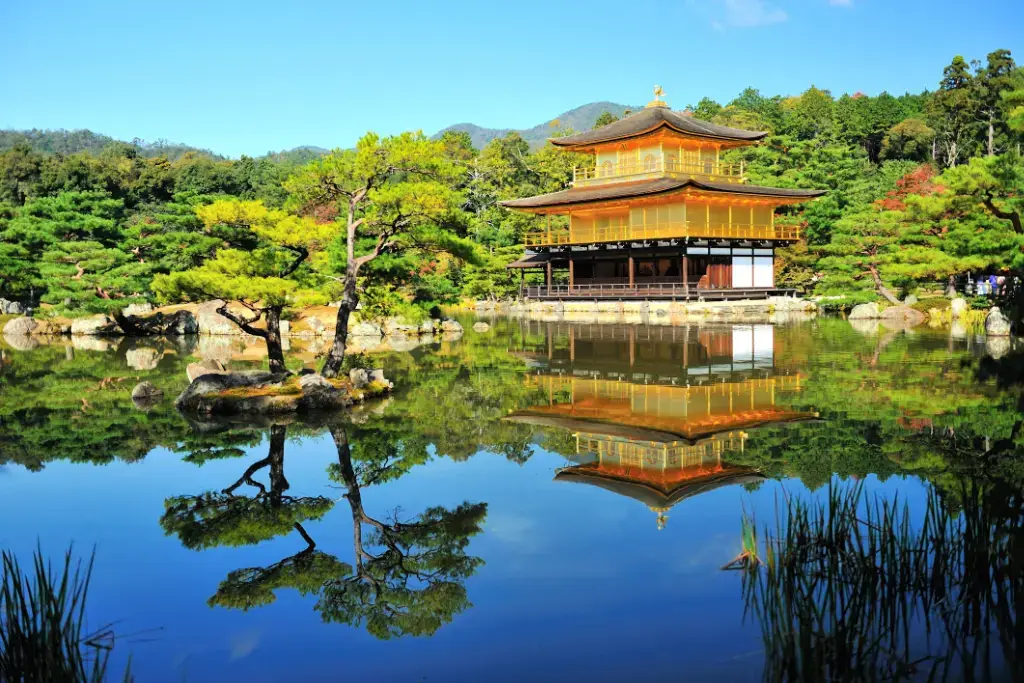
Japan, a land full of history and tradition, has a wealth of mythical tales and folklore. From the majestic mountains to the calm forests, every corner of this beautiful country is filled with stories passed down through generations that influence the way of life in Japan. Let us journey through five legends in Japan, each carrying its own unique tale of wonder and intrigue.
Amaterasu Cave, Kyushu
Our journey begins in Kyushu, the southernmost of Japan’s main islands. There lies a sacred place of natural wonder and spiritual respect. It’s the legendary Amaterasu Cave and Takachiho-jinja Shrine. These sites call travelers far and wide to discover and find enlightenment, full of myth and mystery.
According to Japanese mythology, the revered sun goddess, Amaterasu Omikami, once concealed herself in exile here. It cast the world into darkness and chaos. Legend has it that Amaterasu emerged from the cave, bringing light and prosperity back to the land. Eventually, it was only through the playful antics of other deities and the lure of dance.
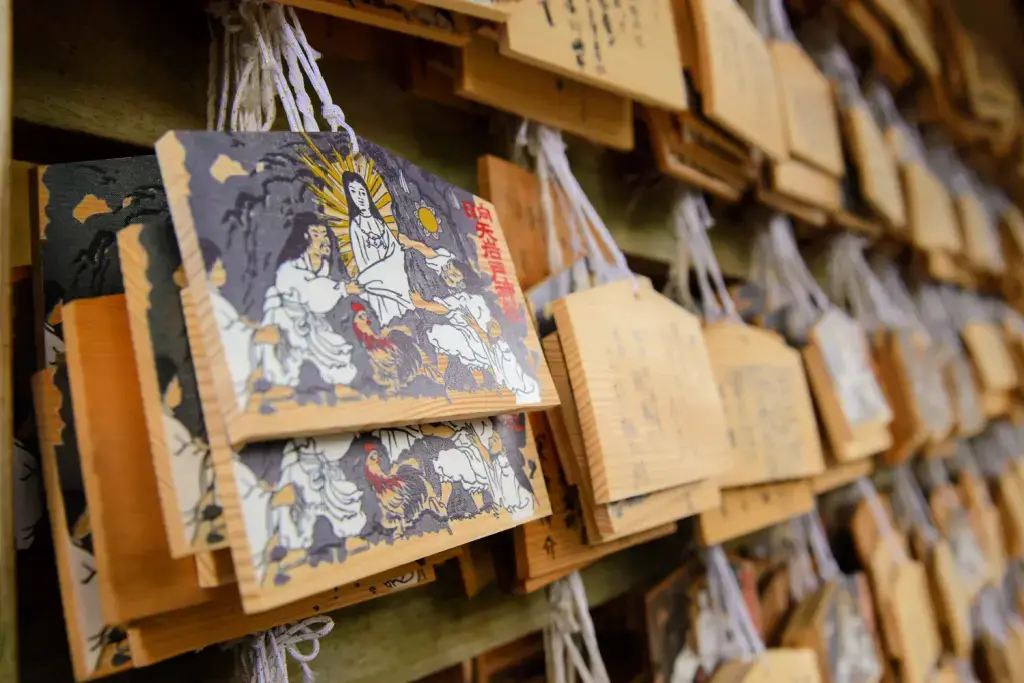
Just a stone’s throw away from the Amaterasu Cave lies the Takachiho-jinja Shrine. More specifically, it’s a sacred haven for the worship of Japan’s indigenous gods and goddesses. The shrine is also a cultural core where ancient rituals and modern traditions are celebrated. Visitors pay respect to the kami (gods) that inhabit the natural world, from the towering trees to the whispering streams.
In addition, people come to offer prayers for health, prosperity, and spiritual enlightenment. Takachiho-jinja Shrine is also famous for its vibrant festivals and cultural events. Moreover, they showcase the rich history of Japanese tradition and folklore. For example, Kagura performances and colorful processions honoring the changing seasons are events you can enjoy. Not to mention, each gathering is a testament to the enduring legacy of Kyushu’s ancient heritage and one of the most important legends in Japan.
Miho Pine Grove, Shizuoka
In Shizuoka Prefecture lies the breathtaking Miho Pine Grove, a tranquil forest testament to the fusion of myth and natural splendor. According to local legend, the pine trees of Miho are said to have been planted by the sea goddess, Hagoromo, who descended from the heavens to bathe in the nearby waters.
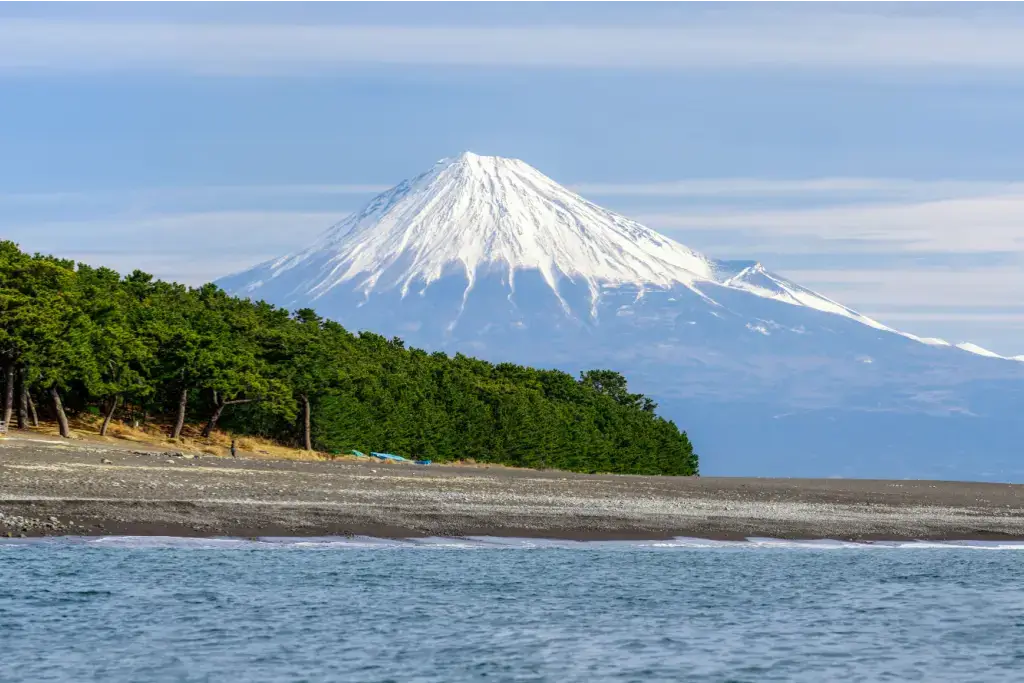
Wandering through the Miho Pine Grove, visitors also find themselves enchanted by the harmonious symphony of nature’s sounds. With each swaying branch, each spot of sunlight through the canopy of trees carries a story untold, a beauty waiting to be discovered. Visitors to this groove can immerse themselves in the calming beauty of nature while pondering the timeless mysteries inside this sacred grove.
Are you looking for some awesome snacks to enjoy this season? Check out Sakuraco! Sakuraco delivers traditional Japanese snacks, teas, sweets, and snacks from Japan to your door every month so that you can enjoy Japan’s taste anywhere!

Dragon Hill, Kanagawa
Nestled amidst the quiet landscapes of Kanagawa, Japan, lies a place of mythical allure and ancient legend – Dragon Hill. This site, full of folklore and history, also invites locals and visitors alike with its charm and supernatural tales. The legend of Benzaiten, the revered goddess of music, wealth, and wisdom in Japanese mythology, resides at the heart of Dragon Hill. According to local folklore, Benzaiten’s divine presence once graced these grounds, infusing them with a mystical energy that continues to intrigue and inspire.

Benzaiten, known for associating with serpentine creatures, found rest on Dragon Hill. Here, she tamed a fearsome Five-Headed Dragon. This dragon also symbolizes power and protection. It guards the sacred waters surrounding the hill, ensuring prosperity and harmony for all who pay homage to Benzaiten.
Why should I check out these legends in Japan?
Overall, exploring the legends of Japan provides a deeper understanding of the cultural history that shapes the nation’s identity. Each location from the legends also serves as a gateway to a world where gods and spirits roam, nature intertwines with the supernatural, and the echoes of ancient legends combine with modern-day significance. By immersing yourself in these timeless legends, you can also gain a newfound appreciation for Japan’s rich heritage and the power of myth and folklore.
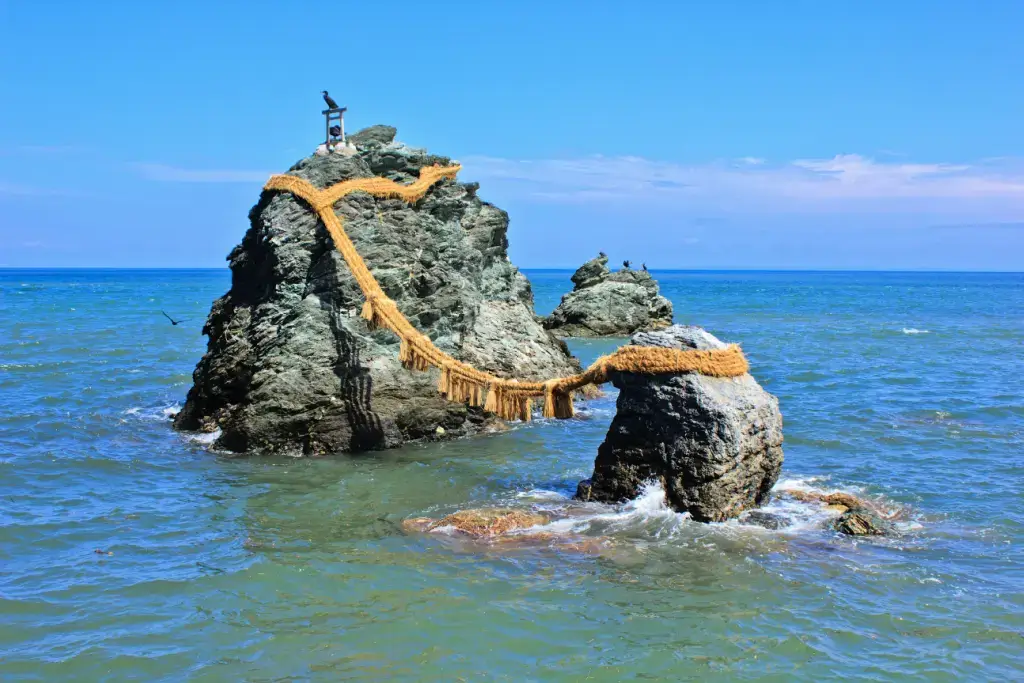
Japan’s legendary landscapes also invite visitors and locals to the journey of discovery and wonder. From the sacred shrines of Kyushu to the mist-shrouded forests of Shizuoka, Japan holds endless treasures waiting to be explored. So, why not venture forth and experience the magic of Japan’s legendary tales for yourself?
We invite you to share your thoughts and experiences in the comments below. Have you visited any of these mythical locations? What legends resonate with you the most? Join the conversation, and let us continue to unravel the mysteries of Japan’s folklore together!

Discover authentic flavors with Sakuraco
Get Sakuraco 

Discover authentic flavors with Sakuraco
Get Sakuraco 
Related Articles

Steam Train in Shizuoka: Riding the Oigawa Railway
For travelers who love history, beautiful views, and cozy retro vibes, this steam train is one of Shizuoka’s most charming treasures, with some of the best views. If you want to know more about this train, keep reading below!
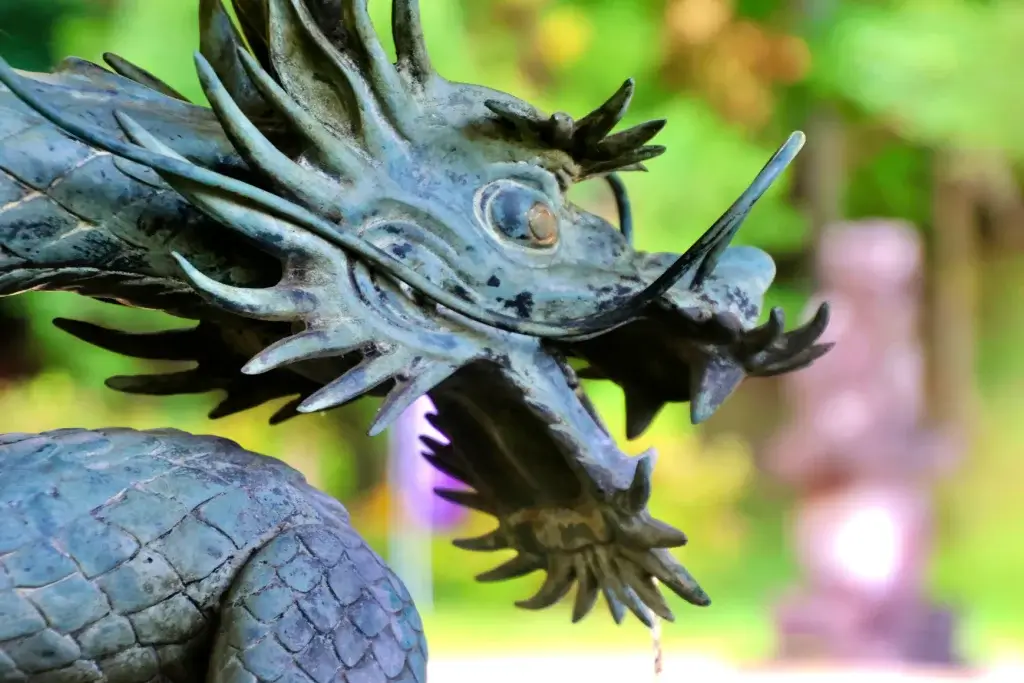
Nara Japan: The Amazing Legend of the Sacred Dragon
In Japanese culture, dragons are spiritual beings that represent strength, prosperity, and a harmonious balance with the natural forces. Nara, Japan, has a unique story associated with sacred ponds and revered shrines throughout the region.
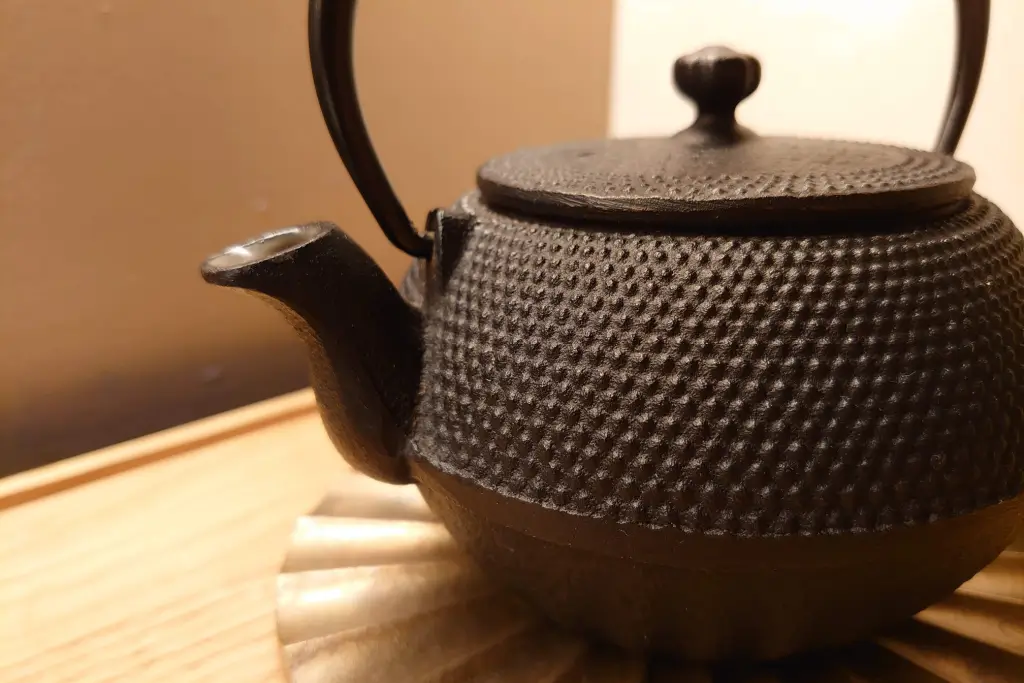
Nambu Tekki: Morioka’s Amazing Iron Craft
In the historic city of Morioka, Iwate Prefecture, a craft with over 400 years of history continues to captivate with its rustic beauty and practical charm. Nambu tekki, or Nambu cast iron, refers to traditional ironware, such as teapots, kettles, and decorative pieces, that embody the spirit of Tohoku craftsmanship.

Ebisu: The Cheerful Guardian of Luck and Prosperity
Religion in Japan involves a dizzying array of spirits and beings. These gods are inspired by ancient tales and used to symbolize nature’s bounty. However, they also profoundly impact daily life and are often sought out for help in challenging times


